Educator Tatum Omari examines the system of educator collaborations and partnerships.

Educator Tatum Omari examines the system of educator collaborations and partnerships.

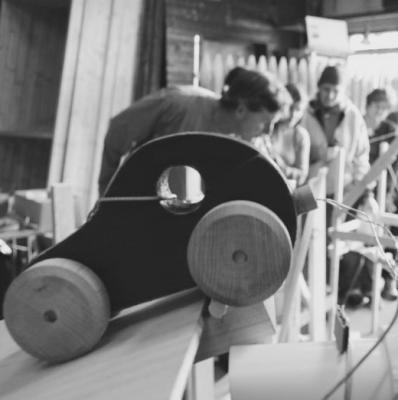
This practice supports co-inspiration and the cross-pollination of ideas during maker-centered group work.

Esta rutina de pensamiento ayuda a los estudiantes a ir lentamente y observar de cerca un sistema.
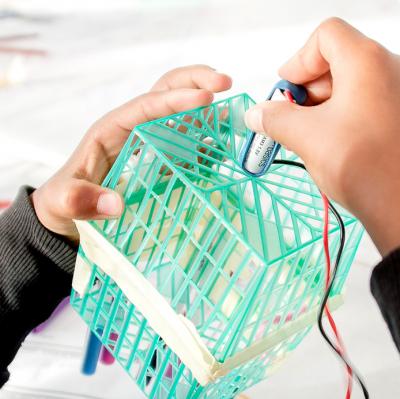
Agency by Designer project Director Shari Tishman introduces the concept of “maker empowerment” as a potential outcome of maker learning experiences.
This routine encourages learners to slow down and make careful, detailed observations as they look beyond the obvious features of an object or system and think about how it works. This thinking routine can help foster curiosity as children notice details, ask questions, make connections, and identify topics for future inquiry.
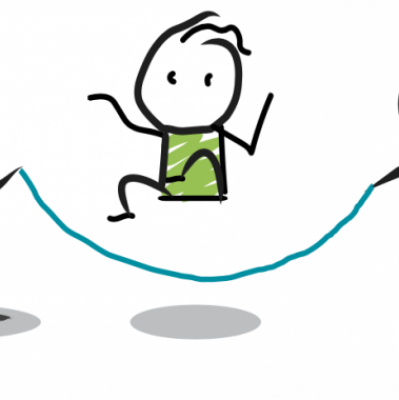
这个思考模式鼓励学生在一个特定的系统里思考不同人物的观点。其目标是帮助学生理解系统里的不同角色,他们会用什么形式去表达感受以及对系统里其他人物和事物的关心。

Just as the broader Agency by Design framework for maker-centered learning encourages people to be active creators of the designed world, the Hacker Helper Tool invites educators to view the breadth of educator resources associated with the Agency by Design framework as malleable. This tool provides prompts to support educators as they “hack” existing Agency by Design tools, practices, and thinking routines to work better for their learners.
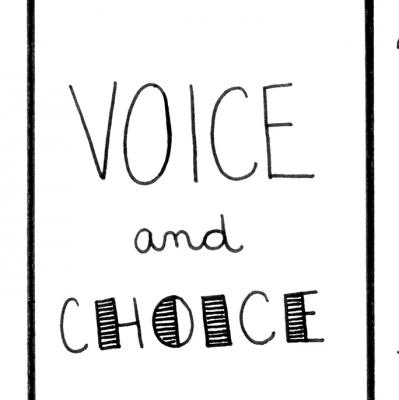
Where are we coming from?
The Agency by Design framework for maker-centered learning and its accompanying practices encourage young people to pay close attention to the designed elements of the world, to deconstruct and reconstruct objects and systems, and to see themselves as participants in reimagining the world and their place within it. The designs that young people explore are not only physical. Thinking routines like Parts, Purposes, Complexities, Parts, People, Interactions and Parts, Perspectives, Me have been used by young people and their educators to look closely and critically at systems of governance and power and the various stakeholders involved in these systems. For example, educators from Agency by Design Oakland, a network established by participants in the AbD Origin Project, apply the AbD framework to support equity, look at power structures, and foster students’ critical thinking.
In collaboration with educators in the broader Agency by Design network and those participating in the Making Across the Curriculum project at Washington International School, the AbD team at Project Zero has been developing new tools and practices to support young people to take an even more critical approach toward design and making in order to both interrogate—as well as embody—design choices that challenge systems of oppression, representation, and power.
Design is not neutral
How might we support young people to develop a critical consciousness when looking at, interacting with, and participating in the designed elements of the world?
Design is not neutral. Making is not neutral. Every choice that a designer or maker makes is made in the context of a set of beliefs and ideas about the world. Design justice, a growing field in the realm of design, focuses on the ways that design perpetuates systemic oppression by looking closely at who benefits from design, who is harmed, and how the design of objects and systems might more equitably distribute design’s “benefits and burdens.” Along the lines of design justice, in pedagogic terms, are notions that creativity is not neutral and that classrooms, specifically classrooms that emphasize creativity, privilege dominant culture’s social and cultural perspectives. With forces of systemic oppression built into the very structure of design and concepts of what constitutes creativity, it is critical to support young people to recognize the importance of questioning design and how the decisions of the makers they encounter relate to and reflect representation and power.
Sensitivity to design also means a sensitivity to what is not built-in
Agency by Design defines Sensitivity to Design as "learning to notice and engage with one's physical and conceptual environment by looking closely and reflecting on the design of objects and systems, exploring the complexity of design, and finding opportunity to make objects and systems more effective, more efficient, more ethical, more beautiful, or more __________."
Perhaps just as important as inviting young people to look closely at the designed elements of the world and report what they notice is supporting them to question what they do not see and why. Cultivating a capacity and inclination to critically consume art, media, and other elements of material culture is a first, or early, step to understanding the ways that design empowers, oppresses, and often reproduces existing power structures. As young people—and all of us—engage with the inherent stories and perspectives of the elements of material culture we encounter, it is important that we are equipped with a critical lens and sensitivity to ask questions like: What information is missing? Whose voices are represented, whose are not, and why?
Voice and Choice, a protocol
Voice and Choice is a protocol for looking critically at a piece of content, considering perspectives and representation, and then redesigning or reimagining that content from one’s own perspective. “Content” might refer to a poem, work of art, historical essay, social media post, architectural structure, news article, piece of digital media, environmental plan, etc.
Learners begin by looking closely at a piece of content and then they do the following:
Download the full protocol along with suggested practices for using the protocol. Download the Voice and Choice Learner Workbook, co-created by Julie Rains. Below are three snapshots from the Learner Workbook.
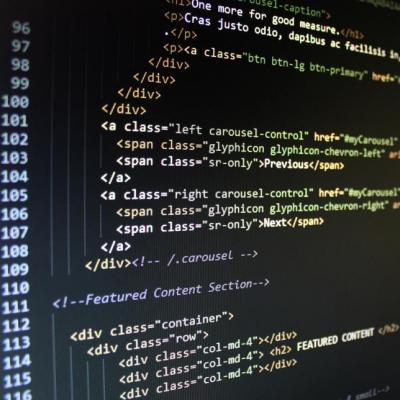
Welcome to the new Agency by Design website! Because the new website is so rich with content and features, we think it might be helpful to take you on a tour to get a sense of all it has to offer. The new site boasts 29 educator tools and practices that accompany the Agency by Design framework for maker-centered learning, featured documentation and assessment resources highlighting the most recent phases of work, Agency by Design media and publications, and project and funder pages to highlight the Origin Project, Early Childhood in the Making, and Making Across the Curriculum. The video below walks you through the elements of the site and gives an overview of each page.